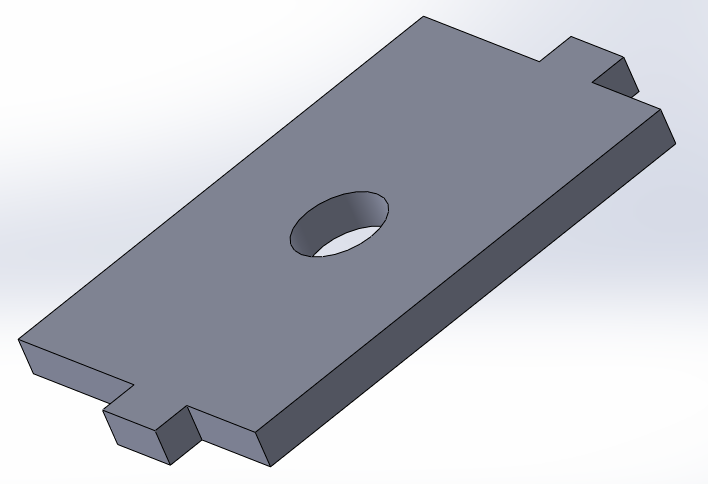 |
| Acrylic prototype (Envoy 2.1)/Project Housing |
Today, we were able to finish the entirety of the project. We were able to finish the prototype/project housing, envoy 2.0 but we also upgraded that to a Plexiglas/acrylic form of that prototype. Therefore, we came up with Envoy 2.1. We managed to laser cut all the parts to assembly successfully and the main assembly came out pretty sturdy. We added a switch mechanism to the main project set up that way we could switch it the LCD display on and off for presentation purposes as well as power-saving purposes.
The video below talks about Envoy 2.1 and the integrated circuit chip that was added to the main lab setup to blink the LED lights and give our project a cool dimension to it. The LEDs' also respond to the switch mechanism we added to the main project. Therefore, essentially, the switch controls two different tasks at the same time.
Also, for the ping sensors, we had to change from the lv-maxsonar-ez ultrasonic sensor (one sensor) to the parallax ping sensor (two sensors) because the lv-maxsonar stopped working. So because the parallax ping sensor is a two-headed ultrasonic sensor as opposed to the lv-maxsonar, we had to rebuild the back bumper of the envoy 2.1 prototype.
 |
| Lv-maxsonar-ez ultrasonic sensor |
 |
| Cardboard prototype/ Project housing (Envoy 2.0) |
 |
| Main project setup |




















